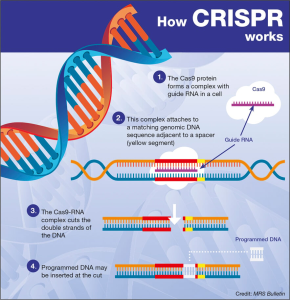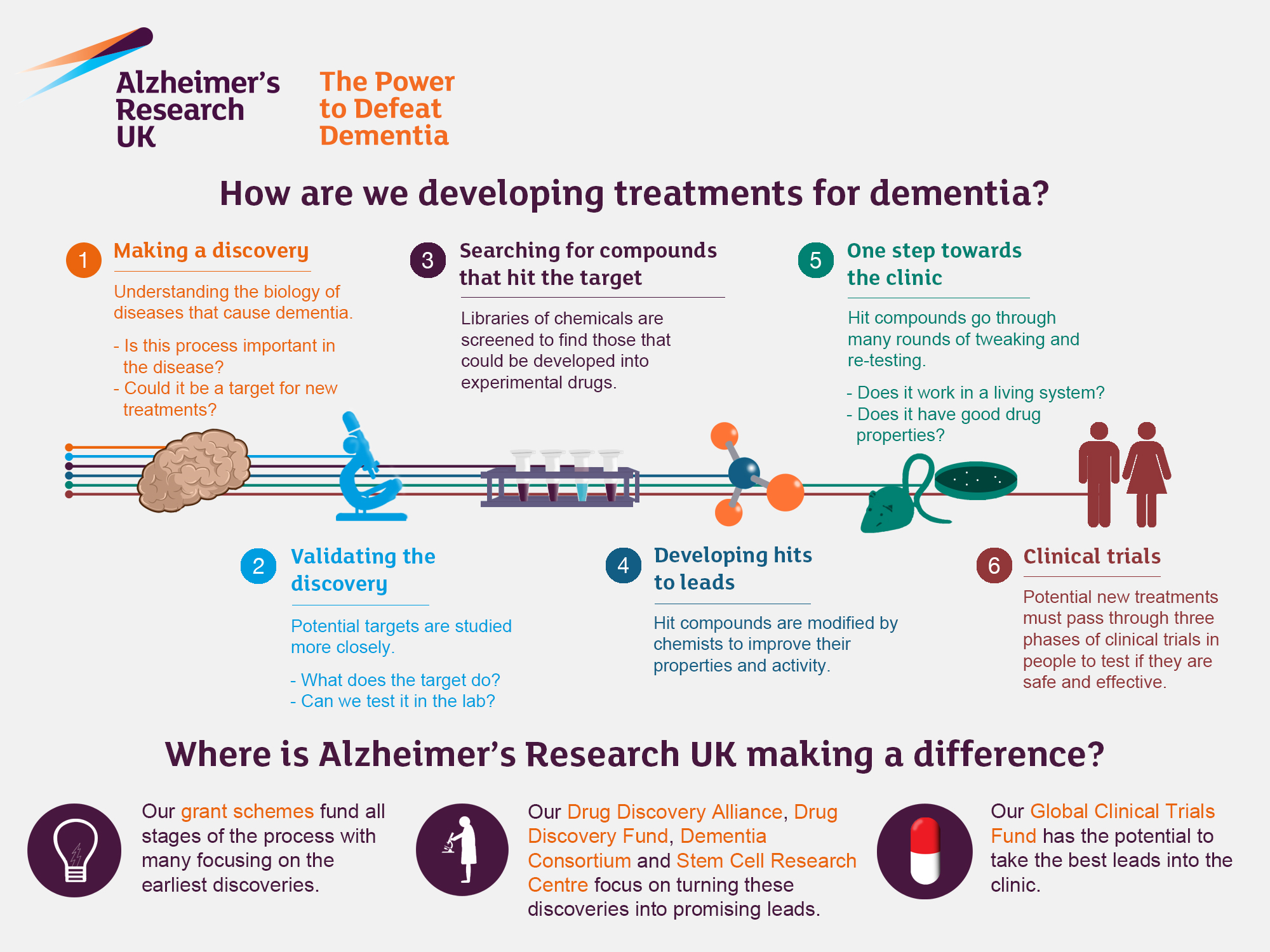Alzheimer’s research is at the forefront of the battle against one of the most devastating neurodegenerative diseases affecting millions worldwide. Driven by innovations from scientists like Beth Stevens, this field explores the intricate roles of microglial cells, which act as the brain’s immune system. These specialized cells are crucial for maintaining brain health by clearing damaged neurons and pruning synapses, but aberrant pruning can lead to conditions like Alzheimer’s. The implications of this research extend beyond individual health, potentially paving the way for new Alzheimer’s treatments and early biomarkers that could change the landscape of care for the 7 million affected Americans. As the U.S. population ages, the urgency for breakthroughs in Alzheimer’s treatment becomes more pressing, making this research critical to our future.
The quest to understand and combat cognitive decline associated with Alzheimer’s disease forms a vital chapter in medical research. By delving into the roles of brain immune cells, particularly in how they interact within the central nervous system, researchers are shedding light on critical aspects of brain function linked to various cognitive disorders. The work of experts like Beth Stevens underscores the importance of investigating cellular behavior and its impact on neurodegenerative conditions. Innovations in this area not only promise advancements in treatment strategies but also enhance our understanding of disease mechanisms that could benefit broader populations. As we uncover the intricacies of the brain’s immune response, we move closer to potential therapies that could alleviate the burdens of Alzheimer’s and related illnesses.
Understanding Microglial Cells in Alzheimer’s Research
Microglial cells serve as the brain’s primary immune defense, continuously monitoring the state of the neural environment. In the context of Alzheimer’s research, the role of these cells has garnered significant attention due to their involvement in neuroinflammation and synaptic pruning. Beth Stevens, a leading neuroscientist, emphasizes that while microglia are essential for maintaining brain health, their malfunction can exacerbate neurodegenerative diseases like Alzheimer’s. By studying how these cells interact with neurons, researchers can identify malfunctioning mechanisms that lead to cognitive decline.
Recent studies in Stevens’ lab have revealed that aberrant pruning by microglia can disrupt neural circuits and lead directly to Alzheimer’s pathology. This critical understanding enables scientists to explore potential therapeutic avenues for Alzheimer’s treatment, targeting microglial function to restore balance in the brain’s immune response. As the understanding of microglial behavior evolves, it holds the promise of not just halting the progression of Alzheimer’s but potentially reversing some of its devastating effects on patients.
The Transformative Potential of Neurodegenerative Disease Research
Research into neurodegenerative diseases is crucial, particularly as the elderly population grows and the incidence of Alzheimer’s is projected to soar. The work of researchers like Beth Stevens highlights the significance of studying microglial cells and their roles in the development and progression of these diseases. Stevens’ groundbreaking discoveries inform the scientific community about the critical pathways involved in synaptic health and deterioration within the aging brain, paving the way for innovative treatment strategies.
Moreover, understanding neurodegenerative diseases extends beyond mere identification; it involves comprehending the underlying biological mechanisms that lead to cellular damage and ultimately cognitive decline. The insights gained from such research not only aid in developing new pharmacological interventions but also encourage the creation of biomarkers for early detection of Alzheimer’s. This is vital for implementing preventive measures and therapies that can greatly improve the quality of life for millions at risk.
Beth Stevens and the Pursuit of Innovative Alzheimer’s Treatments
Beth Stevens’ contributions to Alzheimer’s research exemplify the intersection of basic science and clinical application. Her exploration of microglial cells has opened doors to understanding how these immune cells can be targeted to modify disease outcomes. By identifying the mechanisms that lead to damaging interactions between microglia and neurons, Stevens plays a vital role in the future of Alzheimer’s treatment. These findings highlight the importance of investing in foundational research that, while seemingly distant from direct applications, lays the groundwork for pivotal advancements in treating complex neurodegenerative diseases.
Stevens states that her pursuit of science had no initial expectation of immediate results, showcasing the essence of curiosity-driven research. The profound impact of her work underlines the essential nature of funding for exploratory studies, particularly from institutes like the National Institutes of Health. As researchers build upon the foundations laid by Stevens and her peers, the hope for more effective Alzheimer’s treatments becomes a tangible reality, emphasizing the potential of cutting-edge research to alleviate the burden of such neurodegenerative diseases.
The Role of the Brain’s Immune System in Alzheimer’s Disease
The brain’s immune system, primarily managed by microglial cells, plays a pivotal role in combating neurodegenerative diseases such as Alzheimer’s. These specialized cells are responsible for maintaining neuronal health, monitoring for potential threats, and responding to injury. A significant area of focus in Stevens’ research has been how dysregulation in microglial function can contribute to the development of Alzheimer’s disease through mechanisms like chronic inflammation and impaired synaptic pruning.
Understanding the interplay between the immune system and neurodegeneration offers potential pathways for new treatments. Scientists are now exploring how modulating microglial activity might not only delay the onset of Alzheimer’s but also enhance neuronal repair processes. This approach highlights the importance of developing drugs that fine-tune the brain’s immune response, providing another layer of defense against neurodegeneration that could significantly impact patient outcomes.
Federal Support in Advancing Alzheimer’s Research
The role of federal funding in advancing Alzheimer’s research cannot be overstated, as evidenced by Stevens’ career trajectory. The National Institutes of Health and other federal agencies have provided critical financial support that enables researchers to explore complex biological systems and their implications in diseases. This vital funding not only supports groundbreaking studies on microglial cells but also fosters a collaborative environment where innovative ideas can flourish.
Without this foundational support, many inquiries into Alzheimer’s mechanisms may never have progressed beyond preliminary phases. Federal funding facilitates extensive research initiatives that examine the myriad factors contributing to neurodegenerative diseases. By investing in scientists like Stevens, these agencies are taking proactive steps towards finding effective treatments for the millions affected by Alzheimer’s, thereby demonstrating the profound impact of public investment in health research.
The Future of Alzheimer’s Disease Research
The future of Alzheimer’s disease research looks promising with the continuous evolution of scientific understanding regarding neurodegenerative mechanisms. As researchers like Beth Stevens delve deeper into the roles and functioning of microglial cells, the potential for innovative treatments becomes increasingly attainable. Insights into the immune response in the brain are leading to new therapeutic strategies that could significantly alter the disease’s progression.
Additionally, as the understanding of Alzheimer’s biology improves, the development of new biomarkers becomes crucial in the quest for early detection and intervention. This dual focus on treatment and prevention positions the scientific community to not just manage the symptoms of Alzheimer’s but potentially change the course of the disease. The commitment to research and a deeper understanding of neurodegenerative diseases will undoubtedly lead to breakthroughs that can enhance the quality of life for those affected.
Heritage of Basic Science at the Core of Medical Advances
Stevens’ emphasis on the necessity of basic science showcases the importance of foundational research in developing effective treatments for Alzheimer’s and other neurodegenerative diseases. The intricate nature of brain function requires a profound understanding of cellular mechanisms and their broader impacts on health. Curiosity-driven science paves the way toward unexpected discoveries that are essential for medical advancements.
As researchers continue to explore the complexities of microglial cells and their interactions with neurons, the foundational studies performed today will herald new understandings and breakthroughs in the future. The legacy of this research serves as a reminder that significant medical advancements often emerge from understanding the basic processes that govern life, ultimately shaping the innovations that lead to treatments for debilitating diseases.
Innovations in Biomarker Development for Alzheimer’s Detection
The development of biomarkers is a critical aspect of Alzheimer’s research, as they provide a means for early detection and diagnosis of the disease. Identifying biological markers associated with the progression of Alzheimer’s can enable interventions to begin before significant cognitive decline sets in. Research led by Stevens and her team is making strides in pinpointing microglial activity as a potential biomarker for Alzheimer’s disease, marking a significant advancement in the field.
These innovations are crucial for both clinical practice and research, as they offer valuable insights into the underlying mechanisms of Alzheimer’s. By understanding how changes in microglial activity correlate with disease progression, scientists can design targeted therapies aimed at reversing or mitigating the effects of Alzheimer’s at an earlier stage. This proactive approach is essential in combating neurodegenerative diseases and enhancing patient care.
The Intersection of Neuroscience and Alzheimer’s Treatment
The intersection of neuroscience research and effective Alzheimer’s treatment is a developing frontier that holds immense promise. Researchers are continuously uncovering new insights into how the brain’s infrastructure responds to disease, particularly the role of immune cells like microglia in safeguarding or degrading cognitive functions. Beth Stevens’ work exemplifies this intersection, as she translates basic neuroscience into potential therapeutic outcomes.
As discoveries in neuroscience propel our understanding of Alzheimer’s forward, the application of this knowledge in clinical settings is critical. The challenge remains to translate laboratory findings into real-world therapies that can effectively alter disease trajectories. The collaboration between neuroscientists and clinicians will be key in crafting comprehensive treatment protocols that can adapt to the evolving landscape of Alzheimer’s disease.
Frequently Asked Questions
How do microglial cells contribute to Alzheimer’s research?
Microglial cells play a crucial role in Alzheimer’s research as they act as the brain’s immune system. They monitor for signs of illness or injury, clearing out dead or damaged cells and pruning synapses that are vital for neuron communication. Aberrant pruning by microglia has been linked to neurodegenerative diseases like Alzheimer’s, making them a critical focus for developing new treatments and biomarkers.
What advancements has Beth Stevens made in Alzheimer’s treatment?
Beth Stevens has advanced Alzheimer’s treatment by shifting the understanding of microglial cells in the brain. Her research highlights the significance of these immune cells in synaptic pruning, where incorrect pruning can lead to neurodegenerative diseases like Alzheimer’s. These insights pave the way for potential new medications and early detection methods for Alzheimer’s, impacting millions.
Why are microglial cells important in neurodegenerative disease research?
Microglial cells are vital in neurodegenerative disease research because they maintain brain health by clearing debris and regulating synaptic connections. In Alzheimer’s disease, dysfunctional microglial activity is linked to neuroinflammation and neuronal damage. Understanding these processes is essential for developing effective Alzheimer’s treatments.
What is the potential impact of Beth Stevens’ research on Alzheimer’s disease?
The potential impact of Beth Stevens’ research on Alzheimer’s disease is substantial. By understanding how microglial cells function and how their aberrant behavior contributes to neurodegenerative diseases, her findings could lead to innovative treatment options and early diagnostic tools that could significantly improve patient outcomes.
How does the aging population affect Alzheimer’s research and funding?
The aging population significantly impacts Alzheimer’s research and funding demands, as the number of Alzheimer’s cases is expected to double by 2050. This increase drives the need for more funding for research like that conducted by Beth Stevens, focusing on mechanisms such as those involving microglial cells to develop effective Alzheimer’s treatments and enhance care strategies.
What role do biomarkers play in Alzheimer’s research as highlighted by Stevens?
Biomarkers play a critical role in Alzheimer’s research, as highlighted by Stevens, because they can be used for early detection of the disease. Stevens’ studies on microglial cells aim to identify new biomarkers that may help in diagnosing Alzheimer’s earlier, potentially leading to more effective treatment options and better patient care.
| Key Points |
|---|
| Neuroscientist Beth Stevens focuses on microglial cells as the immune system of the brain. |
| Microglia clear out damaged cells and prune synapses but may contribute to neurodegenerative diseases when functioning improperly. |
| Research indicates abnormal pruning is linked to Alzheimer’s, Huntington’s, and other disorders. |
| Stevens’ findings may lead to new medicines and biomarkers for earlier detection of Alzheimer’s disease. |
| The number of Alzheimer’s cases is projected to double by 2050 in the U.S., greatly increasing care costs. |
| Stevens attributes her success to vital federal funding and the impact of basic science research. |
| Microglial research serves as an example of how fundamental science can lead to breakthroughs in understanding diseases. |
Summary
Alzheimer’s research is making significant strides as scientists like Beth Stevens uncover the role of microglial cells in brain health. By understanding how these immune cells function and their connection to neurodegenerative diseases, researchers are paving the way for innovative treatments. With a growing number of individuals affected by Alzheimer’s, ongoing research is crucial for developing effective therapies and improving early diagnosis. The extraordinary contributions of researchers in this field promise to enhance the quality of life for millions affected by this debilitating disease.









